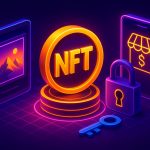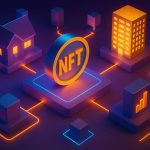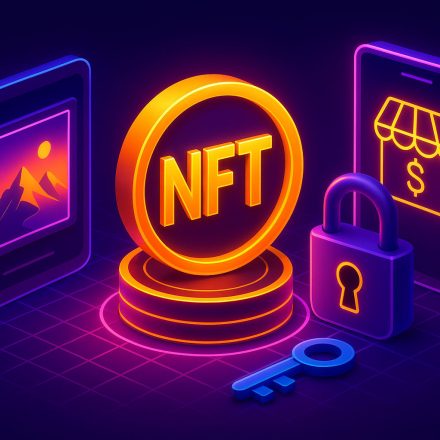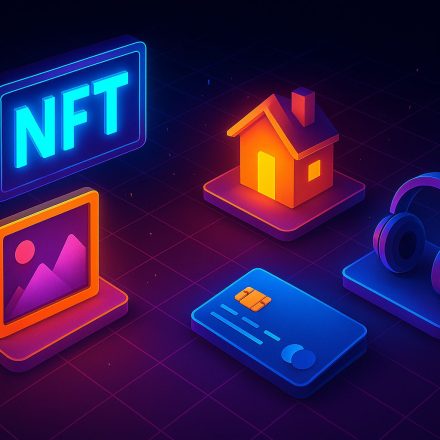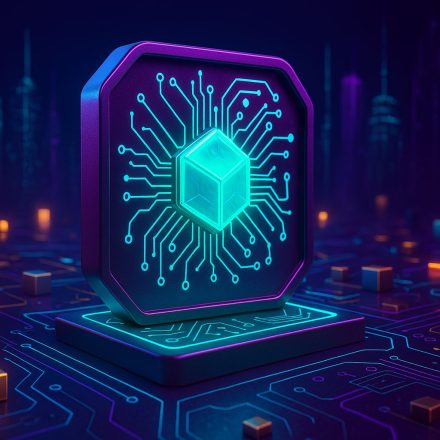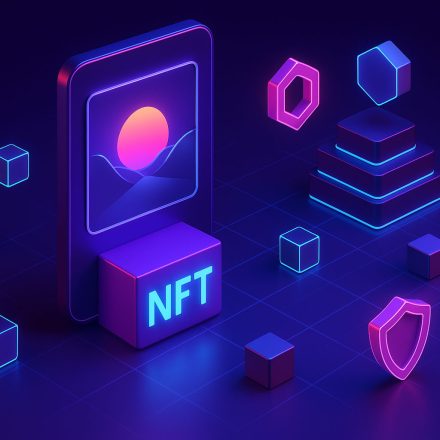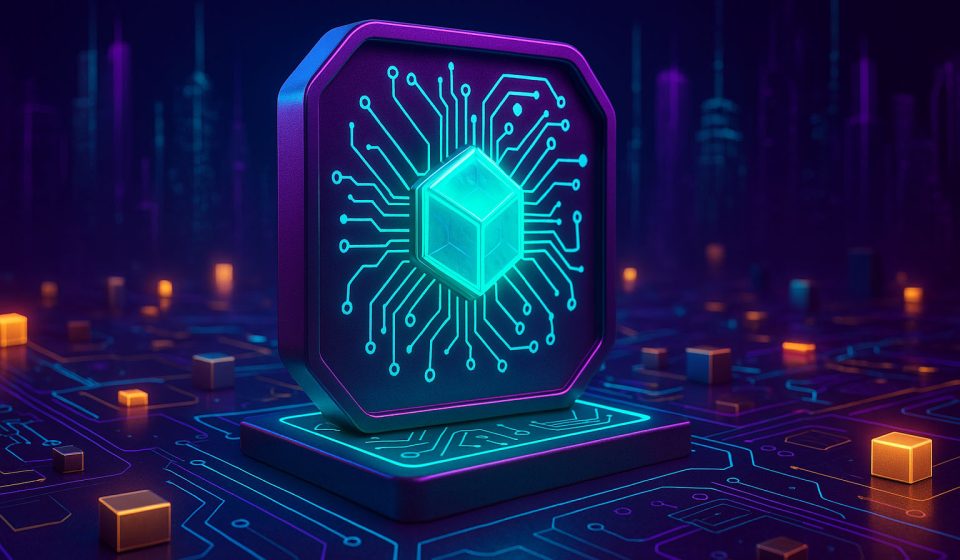
🎨 How NFTs Work and Why They’re Valuable
Non-fungible tokens (NFTs) have captured global attention — from billion-dollar digital art sales to video game economies and digital collectibles. But for many people, the question remains: how do NFTs work, and what gives them value?
Table Of Content
In this guide, we’ll break down how NFTs function on a technical level, how they’re used, and why they’ve become a powerful part of the digital economy.
At BlockchainInsights.org, we simplify complex topics like NFTs so you can explore Web3 with clarity and confidence.
💡 What Is an NFT?
NFT stands for Non-Fungible Token. Unlike cryptocurrencies such as Bitcoin or Ethereum, which are fungible (interchangeable), each NFT is unique and cannot be exchanged one-to-one with another.
NFTs represent ownership of a digital asset — like artwork, music, video, in-game items, or even virtual land. That ownership is recorded on a blockchain.
🔗 How NFTs Work (In Simple Terms)
Here’s a simplified breakdown of how NFTs work:
- Creation (Minting): An NFT is created (“minted”) on a blockchain — typically Ethereum — using a smart contract. This assigns it a unique identifier and metadata (like the artwork’s details).
- Ownership Tracking: The NFT is assigned to a digital wallet address. That wallet is now the owner. This record is stored permanently and transparently on the blockchain.
- Transfer & Sale: NFTs can be sent or sold to other users. The blockchain updates the ownership record when a transaction is completed.
- Storage: The NFT’s image or file is usually hosted off-chain (e.g., on IPFS), while the token itself stores links and metadata on-chain.
Most NFTs follow the ERC-721 or ERC-1155 standards on Ethereum, which define how these tokens behave.
🧠 What Gives NFTs Value?
NFTs get their value from a mix of scarcity, utility, community, and cultural relevance. Here are the key factors:
1. Proven Ownership
Blockchain confirms who owns what — with no risk of counterfeiting or copying the original token.
2. Scarcity
Creators can limit the number of NFTs minted, making some editions rare or even 1-of-1 (one of a kind).
3. Utility
NFTs can unlock access to content, games, communities, or real-world benefits. For example:
- Game items usable in digital worlds
- VIP passes to events
- Access to gated Discord servers
4. Creator Royalties
NFT smart contracts can automatically pay royalties to the creator every time the NFT is resold.
5. Cultural Significance
NFTs tied to artists, brands, or internet trends often gain value as digital status symbols (e.g., CryptoPunks or Bored Ape Yacht Club).
🌐 Where Are NFTs Bought and Sold?
NFTs are primarily traded on NFT marketplaces, which are platforms that connect creators and collectors.
Popular NFT platforms include:
- OpenSea
- Blur
- Rarible
- Magic Eden (Solana)
- Foundation
- Zora
Users connect their Web3 wallets (like MetaMask), browse listings, and purchase NFTs using cryptocurrencies like ETH or SOL.
🎮 Common NFT Use Cases
NFTs go far beyond just JPEGs. Some of the most common uses include:
- Digital Art – Limited edition, verified digital artworks
- Music & Video – Royalty-powered content and media distribution
- Gaming Items – Characters, skins, weapons, and collectibles
- Virtual Land – Real estate in metaverse platforms like Decentraland
- Identity & Certification – NFTs used as credentials or access tokens
- Membership & Tickets – Event access, token-gated perks, or brand clubs
⚠️ Are NFTs Safe?
While NFTs offer innovation, they also come with risks:
- Scams & Fakes: Not all listings are authentic — always verify the creator.
- Volatility: NFT prices can fluctuate wildly.
- Wallet Security: If someone gains access to your private key, your NFTs can be stolen.
- Platform Risks: Relying on off-chain storage or centralized platforms can create points of failure.
Stay safe by using verified marketplaces, avoiding suspicious links, and securing your wallet.
🔗 Keep Learning
Curious about buying your first NFT? Check out:
“What Is an NFT? A Beginner’s Guide to Digital Ownership”
https://blockchaininsights.org/what-are-nfts
📝 Final Thoughts
So, how do NFTs work? At their core, NFTs are blockchain-based certificates of ownership for digital assets. They unlock new ways to own, create, and monetize digital content — empowering creators and collectors alike.
As the technology matures, NFTs will likely expand far beyond art into identity, licensing, and real-world asset tokenization.
At BlockchainInsights.org, we’ll keep guiding you through the fast-evolving world of digital assets.




